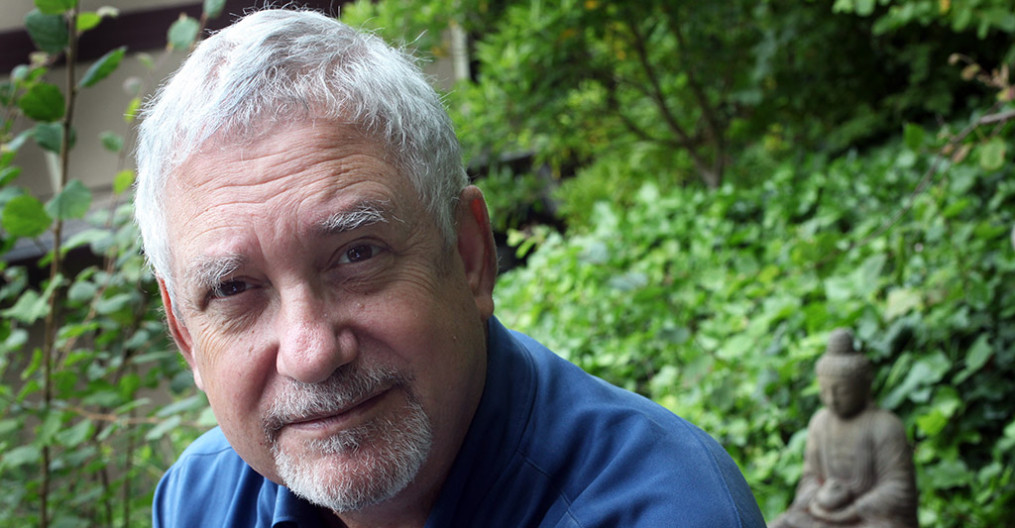In connection with my new blog theme, “Aging as a Spiritual Practice,” I have been thinking more about this Buddhist term anicca, which is usually translated as “impermanence.” Many of the English terms that we are accustomed to using regarding these basic Buddhist teachings were first coined by 19th century scholars and translators of the Pali Canon. These scholars were very good, and understood the linguistic meaning of the Pali or Sanskrit terms, but they were not practitioners of Buddhism, and did not have oral instruction or a visible living teacher as a model to help them know what these technical terms actually mean.
Anicca doesn’t just mean that things change, or are not fixed, although it certainly includes that. It also includes the emotional feeling of loss when the things that are changing matter to us, when we really care about them. So when a good friend is ill or dies, that is anicca at a whole different level. We are devastated, we become quite discouraged or depressed.
Suzuki Roshi likes to tell about Dogen, who loved plum blossoms and wrote poems about them. Plum blossoms come out in the early Spring, when it may still be cold with snow on the ground. Their life is brief; at the moment they fully bloom, they are already beginning to fall. This is of course just like our human life, or any life. Life arises and passes like the morning dew, to paraphrase the Lotus Sutra. Dogen, Suzuki Roshi said, liked to look out his window in early Spring and just carefully observe the plum blossoms exactly as they are. They are beautiful, and also they are dying, and there is a deep connection between their beauty and their dying.
Suzuki Roshi commented that Dogen’s watching the plum blossoms just as they are is just like our zazen practice. We sit still and watch ourselves closely, just as we are. We watch thoughts arise and pass away, strong emotions come and go, just as the plum blossoms come into existence in their full beauty and immediately begin to fall. The full emotional experience of this insight, within the context of our zazen practice, includes gratitude for the fragility of everything—particularly our own precious existence and the preciousness of all we care about. In this arena, we are motivated to take better care of that which we love, to reach out in gratitude for this moment, this day, this hour.
Once, when I was twelve or thirteen, my father came into my room with a paperback copy of an autobiography of the British poet Robert Graves, who by then was already in his fifties or sixties. The book had a photo of the young Robert Graves on the front: vigorous, black-haired, full of hope. The back cover had a photo of the present-day Robert Graves: gray-haired, wrinkled, worldly wise and somewhat sad.
My father was agitated. “Look at this,” he said, turning the book over, front to back. “You can’t understand this,” he said.
It’s true, I didn’t understand. I didn’t know that he was trying to tell me something from deep within his heart, that reflected his own life regrets and developing of his own aging process. There is no way a teenager can really understand this, yet a teenager, or even a young child, is aging too.
Aging is the universal condition of everything that is, and the joy and tragedy of any human life. It is, I think, at the core of what Buddhist teaching, and all wisdom teaching, is actually about.












